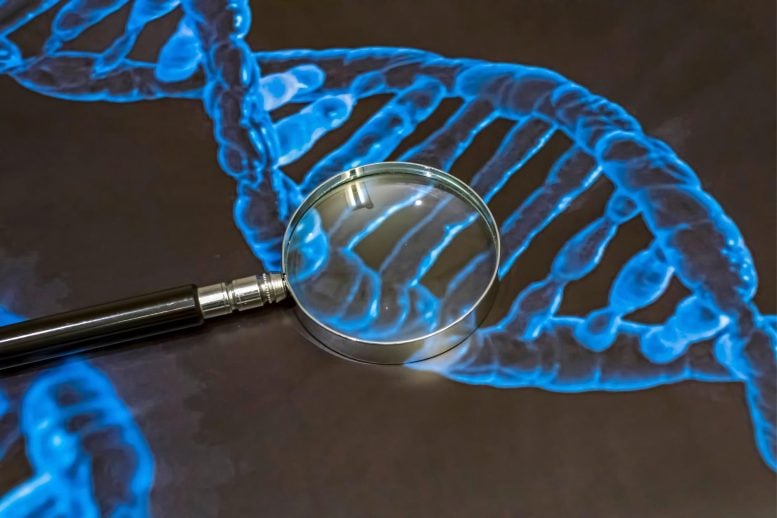
Alzheimer’s disease is a brain disorder that gradually impairs thinking and memory abilities as well as the capacity to do even the most basic activities.
The researchers believe that new treatments and medications for the condition might result from the findings
More than 5.8 million people in the United States are affected by Alzheimer’s disease (AD), the most prevalent form of dementia. AD is a progressive neurodegenerative disorder. Scientists have identified a few gene variants that raise the risk of Alzheimer’s; the APOE 4 allele is the most well-known of them for individuals over the age of 65. Although there is a well-established link between APOE4 and an elevated risk of AD, the mechanisms behind the risk in human brain cell types have remained a mystery.
Two crucial new characteristics of the gene have been identified by researchers at the Boston University School of Medicine: 1) the APOE4-related mechanistic defects are unique to human cells and 2) the human genetic background inherited by APOE4 patients is distinct from other populations. Their findings were recently published in the journal Cell.
“Our study demonstrated what the APOE4 gene does and which brain cells get affected the most in humans by comparing human and mouse models. These are important findings as we can find therapeutics if we understand how and where this risk gene is destroying our brain,” says corresponding author Julia TCW, Ph.D., assistant professor of pharmacology & experimental therapeutics at Boston University School of Medicine.
To investigate the effects of APOE4 on brain cell types, the researchers used three models, human induced pluripotent stem cells (hiPSCs), post-mortem human brains, and experimental models. They used a population hiPSC model, comparing APOE4 (mutation) vs. APOE3 (mutation-free) of AD patients and normal people. For the second model, they compared AD brains against a control brain with different APOE genotypes. For the third model, they used an experimental model carrying human APOE genes. With all, they used genetic screening and RNA sequencing to identify human cell-type specific defects due to APOE4.
“Our study supports that the genetic background around APOE region can modify the APOE4 risk effects. Therefore, apart from finding drugs to reduce the APOE4 risk, modulating targets to mimic brains carrying protective genes or genetic backgrounds can be another strategy to reduce the risk of developing AD,” adds TCW.
While this study is about the APOE4 gene using Alzheimer’s patient samples, it is also known that APOE4 increases the risk for Parkinson’s disease (PD). According to TCW, this study has implications for any disease associated with APOE as risks such as AD and PD, or for any disease phenotype found similar to the one caused by APOE4, such as rare genetic diseases.
The study was funded by the NIH NIA K01AG062683 (J.TCW.), New York Stem Cell Foundation (NYSCF) (J.TCW.-Drunkenmiller fellowship), NIA U01AG058635 (A.M.G), the JPB Foundation (A.M.G., D.M.H.), NIA P50AG016573 (W.W.P.), Alzheimer’s Orange County AOC-207373 (W.W.P.), NINDS RF1NS090934 (D.M.H.), NIA RF1AG047644 (D.M.H.), NHLBI R01HL093324 (F.R.M.), Cure Alzheimer’s Fund (F.R.M.), NIA U01AG046170 (B.Z.), NIA RF1AG057440 (B.Z.), NIA RF1AG074010 (B.Z.), and NIA RF1AG054014 (B.Z., A.M.G.). We thank the NYSCF, Mount Sinai Stem Cell Core, Washington University in St. Louis Knight ADRC (P30AG066444) and University of California, Irvine ADRC (P30AG066519) for providing fibroblasts and hiPSCs, Jill K. Gregory for image illustration, Melanie Oaks and Seung-Ah Chung at the UCI Genomics High-Throughput Facility for RNAseq (NCRR 1S10RR025496-01, NIH OD 1S10OD010794-01 and 1S10OD021718-01), Louisa Normington (LCN Bioinformatics) for WGCNA assistance, Santiago Sole Domenech, Ana Maria Cuervo and Aurora Scrivo for lysosome and autophagic function discussion.
Reference: “Cholesterol and matrisome pathways dysregulated in astrocytes and microglia” by Julia TCW, Lu Qian, Nina H. Pipalia, Michael J. Chao, Shuang A. Liang, Yang Shi, Bharat R. Jain, Sarah E. Bertelsen, Manav Kapoor, Edoardo Marcora, Elizabeth Sikora, Elizabeth J. Andrews, Alessandra C. Martini, Celeste M. Karch, Elizabeth Head, David M. Holtzman, Bin Zhang, Minghui Wang, Frederick R. Maxfield, Wayne W. Poon and Alison M. Goate, 23 June 2022, Cell.
DOI: 10.1016/j.cell.2022.05.017

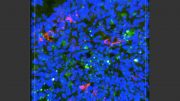
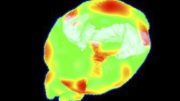
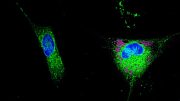
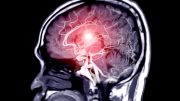




Be the first to comment on "The Most Significant Genetic Risk Factor for Alzheimer’s Disease Has Been Untangled"